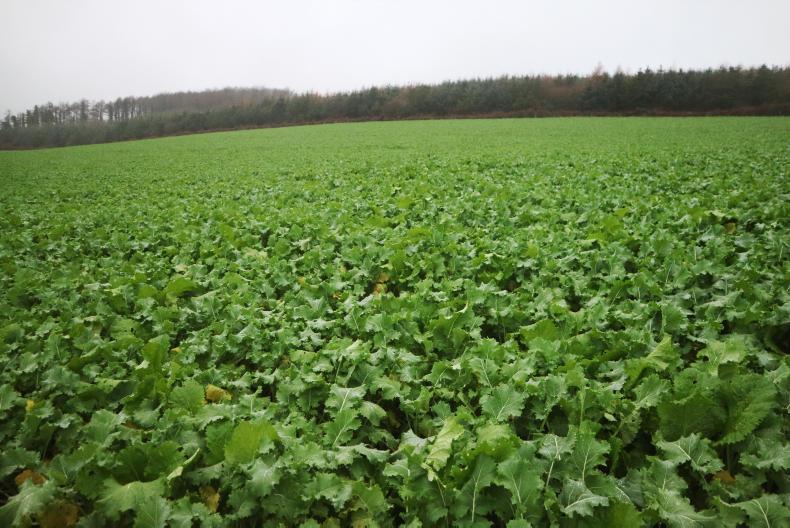For farmers who chose catch crops as one of their options for GLAS, they must act over the next couple of weeks to ensure they meet the planting deadline of 15 September. However, many farmers prefer to get crops into the ground before this to get the full benefits of the crop.
As this option was only available on land that was in arable production in 2017, the main benefits of a catch crop sown under GLAS is that it provides soil protection during the fallow winter months until spring crops are sown.
Catch crops reduce the surface run-off during periods of heavy rain, which in turn reduces soil erosion. Depending on the crop chosen, they can also prevent the leaching of nutrients, including nitrogen.
The parcels on which catch crops are grown can be rotated in each year of your GLAS contract, as long as they are equivalent to the area outlined in year one. The Department must be notified through the BPS application each year of the changes.
Cultivation techniques
The crop may only be established using light cultivation techniques by either broadcasting or drilling a seed mixture. Shallow grubbing or ploughing is not permitted under GLAS.
A good seedbed is vital to ensure the proper establishment of the crop. This may be achieved by the use of a disc cultivator. The seed mixture used must consist of at least two species, with specific seeding rates also required. However, it is recommended that three or more seed species are used to improve the mix. It is also advised to roll after seeding to help establishment.
It is important for farmers to realise that catch crops must remain in situ until 1 December to comply with the scheme. After this date, catch crops are also permitted to be grazed by livestock.
The list of cover crops covered under the scheme include buckwheat, crimson clover, berseem clover, forage rape, mustard, oats, phacelia, rye, tillage radish, vetch, leafy turnip, peas and beans. There are minimum seeding rates for each of these crops which must be adhered to. These can be got from the GLAS specification handbook or online on the Department’s website.
Mixes may be chosen to best suit the soil, with different fields having different requirements.






 This is a subscriber-only article
This is a subscriber-only article










SHARING OPTIONS: